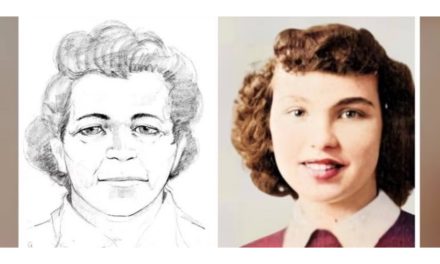In a major breakthrough, authorities have arrested a man in connection with the 1993 rape and murder of a 19-year-old woman in Indiana, following advances in genetic genealogy.
Carmen Van Huss was found dead by her father on March 24, 1993, in her Indianapolis apartment after she failed to report for work. The probable cause affidavit states that Van Huss was found unclothed, with multiple puncture wounds to her head, face, and body. Signs of a violent struggle were evident, with a knocked-over table, discarded clothing, and blood spatter around her body.
A neighbor who lived in the apartment below Van Huss reported hearing a commotion in the early hours of March 23, including screams, crying, and the sound of a man arguing for approximately 30 minutes, according to the affidavit. Despite interviewing numerous individuals and pursuing leads, the case eventually went cold.
In 2013, DNA from the crime scene was submitted to the Combined DNA Index System (CODIS), a nationwide database. However, no match was found at that time. In 2018, investigators turned to forensic genetic genealogy, a relatively new investigative tool. By submitting DNA from the crime scene to Parabon NanoLabs, they were able to compare the suspect’s DNA with that of individuals who had voluntarily contributed their DNA to public databases. This method provides investigators with family connections that can point to potential suspects.
In 2023, police identified Dana Shepherd as a suspect based on the results of genetic genealogy. Investigators later confirmed that Shepherd had been living as Van Huss’ neighbor at the time of the crime, with their apartment buildings sharing a common internal area. A warrant was obtained to collect Shepherd’s DNA, and in June, testing confirmed a match to DNA found on Van Huss and at the crime scene.
Shepherd, now 52 and residing in Missouri, was arrested in June 2023 on charges of murder, felony murder, and rape. He is currently awaiting extradition to Indiana.
Genetic genealogy has become a powerful tool in solving cold cases like this one, as it allows investigators to trace potential suspects through distant relatives who have submitted their DNA for genealogical purposes. By leveraging this technology, law enforcement agencies have been able to close numerous unsolved cases and bring long-awaited justice to victims and their families.




